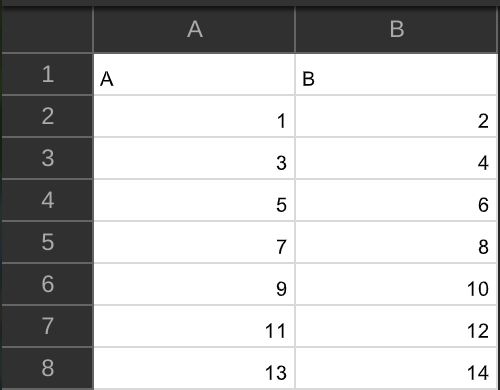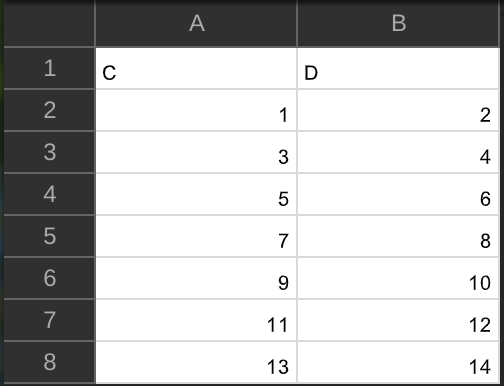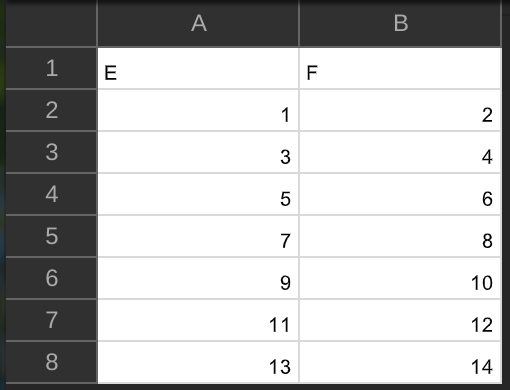Import and Merge Multiple CSV Files in R
Last Updated :
17 Jun, 2021
In this article, we will be looking at the approach to merge multiple CSV files in the R programming language.
Modules Used
- dplyr: This is a structure of data manipulation that provides a uniform set of verbs, helping to resolve the most frequent data manipulation hurdles.
- plyr: plyr is an R package that makes it simple to split data apart, do stuff to it, and mash it back together.
- readr: This provides a fast and friendly way to read rectangular data (like ‘csv’, ‘tsv’, and ‘fwf’).
Functions Used
- list.files() function: This function produces a character vector of the names of files or directories in the named directory.
Syntax: list.files(path = “.”, pattern = NULL, all.files = FALSE,full.names = FALSE, recursive = FALSE, ignore.case = FALSE, include.dirs = FALSE, no.. = FALSE)
- lapply() function: This function returns a list of the same length as X, each element of which is the result of applying FUN to the corresponding element of X.
Syntax: lapply(X, FUN, …)
- bind_rows() function: This function is an efficient implementation of the common pattern of do.call(rbind, dfs) or do.call(cbind, dfs) for binding many data frames into one.
Syntax:
bind_rows(…, .id = NULL)
Parameter:
…: Data frames to combine.
.id: Data frame identifier.
To merge multiple CSV files, the user needs to install and import dplyr,plyr, and readr packages in the R console to call the functions which are list.files(), lapply(), and bind_rows() from these packages and pass the required parameters to these functions to merge the given multiple CSV files to a single data frame in the R programming language.
Data in Use:



Example:
R
library("dplyr")
library("plyr")
library("readr")
gfg_data <- list.files(path = "C:/Users/Geetansh Sahni/Documents/R/Data",
pattern = "*.csv", full.names = TRUE) %>%
lapply(read_csv) %>%
bind_rows
gfg_data
|
Output:

Share your thoughts in the comments
Please Login to comment...